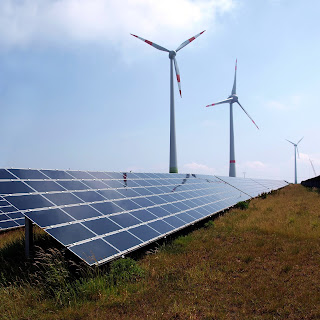Renewable electricity is often referred to as the answer to our need to reduce carbon and save the planet from climate change.
But does it?
In UK, we have three main sources of renewables -
- Hydro, which is reliable and can be switched on at times of high demand, and is about 2% of national capacity
- PV, which generates when the sun shines, mainly in summer -and certainly not at 5:30pm in winter when peak demand occurs-
- Wind, which is intermittent and can not be relied upon to generate at peak consumption times.
So the picture for renewables in relation to peak demand is bleak - or is it?
As private PV owners are discovering, it is well worth our while shifting the time at which we use electricity away from peak times and into times of low demand - and also into times of high renewable generation.
It's much easier to do than most people think - we can delay the on times of dishwashers, washing machines and tumble driers into the middle of the night - or use them in summer when the sun is shining. We can put a time switch on our immersion heater and keep it off between 3 and 8pm - I keep mine off for a lot longer with no loss of convenience.
All that is missing is public awareness of the value of doing so - if that were present then peer pressure would do the rest - look at recycling and where that was 30 years ago.
So do it and tell your friends!

